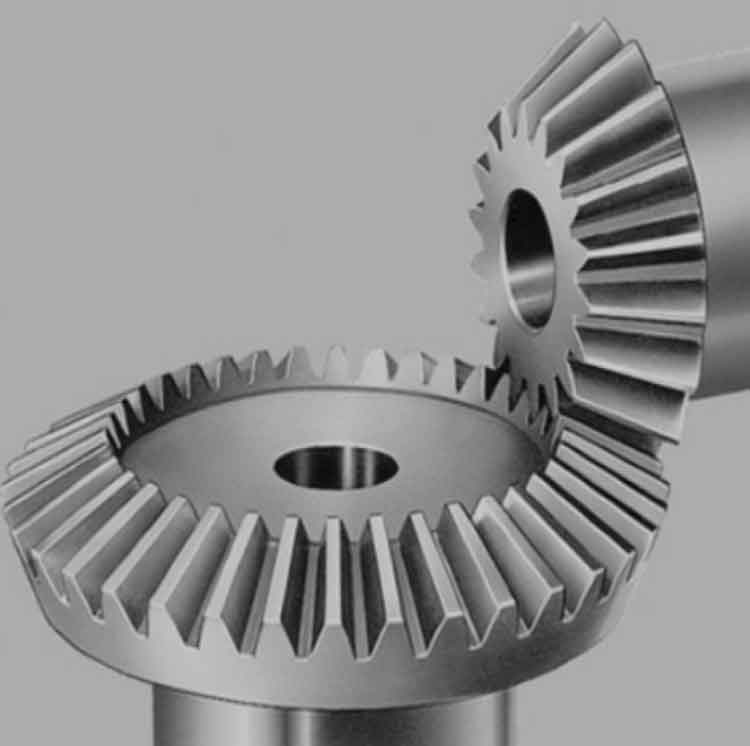
Noise reduction in gear mechanisms, especially in straight bevel gears, is essential to improve the overall performance and comfort of the machinery. Straight bevel gears are known to produce noise due to sliding contact between the gear teeth during meshing. Here are some solutions to reduce noise in straight bevel gear systems:
1. Tooth Profile Optimization:
- Adjusting the tooth profile of the gears can significantly reduce noise generation during meshing.
- Profile modifications, such as crowning or tip relief, can improve tooth contact and distribute the load more evenly, minimizing noise.
2. Precision Manufacturing:
- High-precision manufacturing techniques, such as gear grinding, ensure smoother tooth surfaces, reducing noise and vibration.
- Tight manufacturing tolerances lead to better gear meshing and quieter operation.
3. Material Selection and Heat Treatment:
- Choosing the right materials with optimal hardness and wear resistance can help reduce gear wear and noise.
- Precise heat treatment processes ensure uniform hardness distribution, reducing the risk of surface pitting and noise generation.
4. Lubrication and Surface Coatings:
- Proper gear lubrication is critical to minimize friction and noise during operation.
- High-performance lubricants with additives for noise reduction can be used.
- Surface coatings, such as DLC (diamond-like carbon) coatings, can reduce friction and noise.
5. Contact Pattern Analysis:
- Conducting contact pattern analysis allows engineers to optimize gear tooth contact for smoother engagement and reduced noise.
- Adjustments to gear alignment or tooth contact can be made based on the analysis results.
6. Helix Angle Variation:
- Modifying the helix angle of the bevel gears can impact the noise level during gear meshing.
- Carefully selecting the helix angles can lead to quieter operation.
7. Sound Damping Features:
- Incorporating sound-damping features, such as vibration-absorbing materials or coatings, can help reduce noise transmission.
8. Gear Pair Matching:
- Ensuring a proper match between gear pairs in terms of accuracy and quality can lead to quieter meshing and lower noise levels.
9. Gear Housing Design:
- The gear housing design can also impact noise levels. Adding sound insulation or isolating gears from external vibrations can reduce noise transmission.
10. Dynamic Balancing:
- Dynamic balancing of rotating components, such as shafts and gears, can reduce vibrations and noise.
Each noise reduction solution should be carefully evaluated and tested in the specific gear system to ensure that it meets the required performance and noise level standards. Noise reduction in straight bevel gears is a multi-faceted approach that involves design, manufacturing, and material considerations to achieve the desired noise reduction while maintaining gear performance and efficiency.
